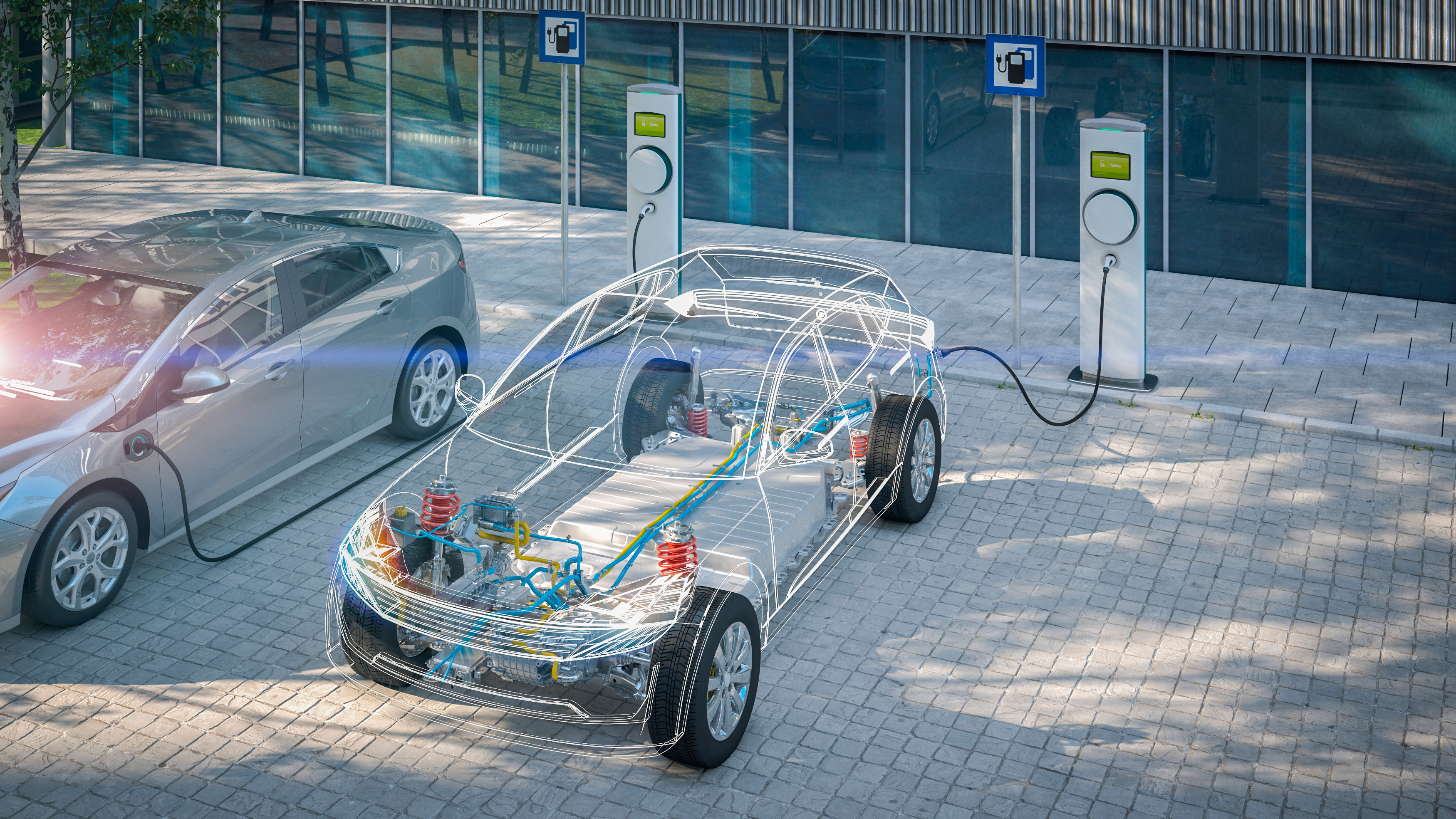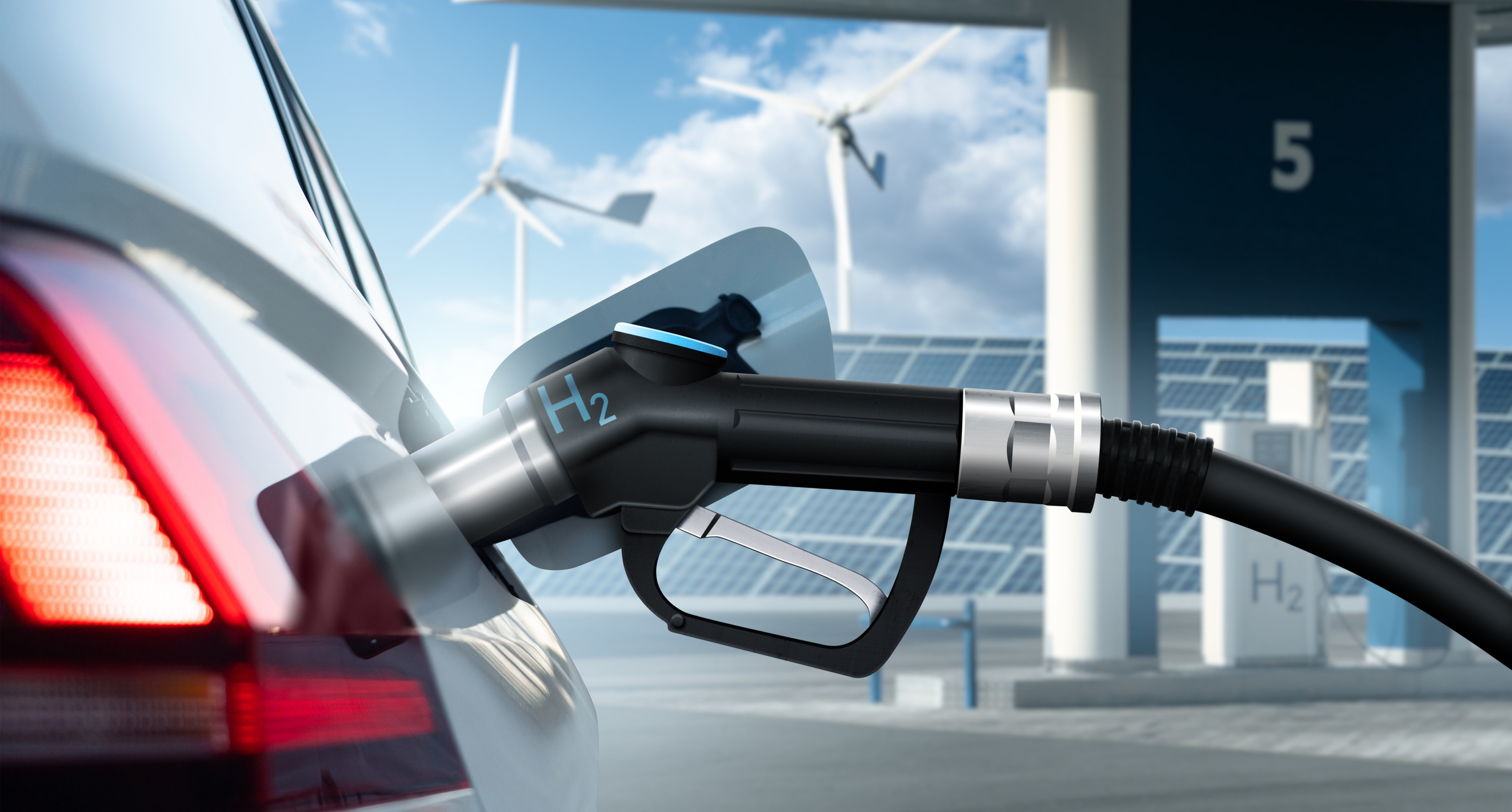The deployment of electric mobility goes hand in hand with the technological development of electric vehicles. For the light vehicle, aspects such as limited autonomy, recharge time, battery cost, as well as maintenance and weight of the batteries can be an uncertainty for current and potential users.
The Repsol Foundation Chair of Energy Transition at the Polytechnic University of Madrid and Asepa organize this webinar in which some technological advances that could impact the evolution of electric mobility are presented.
Co-organizers






